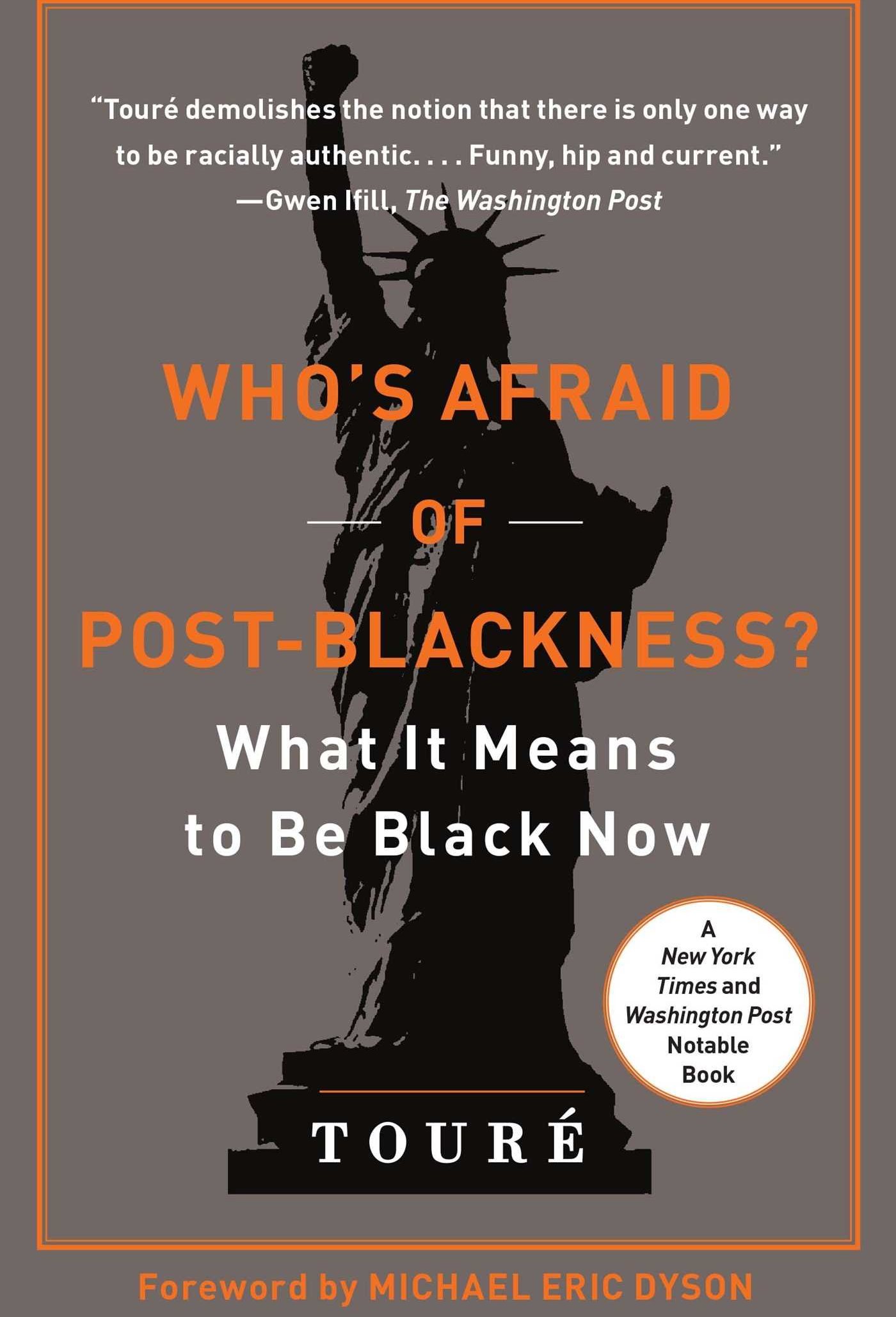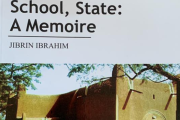A combined revolution in public health and a People’s Revolution that assumed racial spark in the US has taken place. Slavery has finally been brought to its knees in human history. As with all such turning points in human history, many ideas, concepts, claims and arguments will become carcasses while new or discarded ones re-emerge powerfully. Black multiplicity is heading towards being such a concept that will be acquiring new significance or salience in the event of the world ahead as brough to view in this piece reproduced from the arts magazine – Frieze, (https://frieze.com/article/black-queer-and-holy-many-shapes-black-multiplicity?utm_source=Frieze Bonaventure Soh Bejeng Ndikung on Little Richard, Édouard Glissant and unapologetic blackness. Bonaventure is introduced in the article as the artistic director of sonsbeek 2020 and founding director of SAVVY contemporary, Berlin, Germany. The short but powerful piece reads as follows:

The author
This essay is the fifth in a series of memos by artists, writers, curators and scientists written to the world after the COVID-19 crisis. In homage to Italo Calvino’s Six Memos for the Next Millennium (1988), they are divided into six categories: ‘lightness’, ‘quickness’, ‘exactitude’, ‘visibility’, ‘multiplicity’ and ‘consistency’. ‘Black, Queer and Holy: The Many Shapes of Black Multiplicity’ was written in response to ‘multiplicity’.
One of the most violent afflictions of the colonial enterprise, from its reductive force to its essentialist stereotyping, has been its ability to strip us of multiplicity. In a beautiful and insightful eulogy by Tavia Nyong’o of Little Richard – the legendary musician and performer, who journeyed to the land of the ancestors on 9 May 2020 – published in the Guardian newspaper, the critic reflected on Little Richard’s unapologetic Blackness, his gender-nonconformism in relation to other transgressively queer performers and how they were overlooked or fetishized by white male critics. Titled ‘Too black, too queer, too holy: why Little Richard never truly got his dues’, the article tells of the musician introducing himself at Houston’s Club Matinee in 1953 as ‘King of the Blues … and the Queen, too!’

Caption as in the original is Manthia Diawara, Édouard Glissant: One World in Relation, 2009, film still. Courtesy: K’a Yéléma Productions
Nyong’o got me thinking whether it was Little Richard’s ‘too much’ of anything that really stood in his way. Wasn’t it rather his crossroads, intersections, cuts and overlaps that were the hurdles? What if it wasn’t because he was ‘too black, too queer, too holy’ but because he dared to be queer and holy, while black, or dared to be black and queer, while holy? These are the limits to being multiple in a world that prescribes and imposes singularity.
At this juncture, I am reminded of a famous conversation between Édouard Glissant and Manthia Diawara that took place aboard the transatlantic liner Queen Mary II in 2009 (documented in Diawara’s film Édouard Glissant: One World in Relation, 2009), as they travelled from Southampton, UK, to Brooklyn, USA. Asked what ‘departure’ means to him, Glissant responds: ‘It’s the moment when one consents not to be a single being and attempts to be many beings at the same time. In other words, for me, every diaspora is the passage from unity to multiplicity.’ He proceeds to say that Africa has been the source of all kinds of diasporas, and one of Africa’s vocations is to be a kind of foundational unity that develops and transforms itself into a diversity. Moreover, he thinks that the African diaspora has the responsibility to help the world ‘realize its true self, in other words its multiplicity, and to respect itself as such’.
More than two decades prior to this conversation between Diawara and Glissant, Amadou Hampâté Bâ published Aspects de la Civilisation Africaine (Aspects of African Civilization, 1972). In a chapter titled ‘Notes on the Notion of Person in the Fulani and Bambara Traditions’, he writes:

Edouard Glissant. Courtesy: l’Institut du Tout-Monde. Caption as in the original
Tradition teaches that initially there is Maa, the Person-receptacle, then Maaya, i.e. the various aspects of Maa contained in the Maa-receptacle. As the Bambara expression says: ‘Maa ka Maaya ka ca a yere kono’ (The persons of the person are multiple in the person.) One finds exactly the same notion among the Fulani. The concept of the person is thus, from the outset, very complex. It implies an interior multiplicity – concentric or superimposed planes of existence (physical, psychological and spiritual at various levels) as well as a constant dynamism. (Translated by Susan B. Hunt)
For these two ancestors, we are fundamentally multiple beings, with personhoods that constantly betray our multiplicities, even though societies aim to suffocate this. Sometimes our mere existence is a resistance: Little Richard couldn’t be anything other than unapologetically black, queer and holy. And it was this multiplicity that predicated his emergence as the most influential musician and performer of his generation: ‘the King and the Queen’.
If we have survived the countless malicious and clamant snares set up for us over hundreds of years, it is thanks to our ability to exist as multiple beings. To constantly morph from one being to the other, constantly contorting. And if the world is to survive the dire moment in which we all currently find ourselves – a pandemic highly informed and fashioned by the infirmities of the neoliberal capitalist enterprise – then we must embrace the passage from unity to multiplicity and consent not to be single beings so much as to learn how to accept our dynamism and navigate the multiple, concentric or superimposed physical, psychic and spiritual planes of our existences. Not only as diasporic citizens, but as citizens of the world.




























